Vauxhall Mokka vs Dacia Bigster – Performance, range & efficiency compared
Both models have their strengths – but which one suits you more?
Compare performance, efficiency, price and space directly: Vauxhall Mokka or Dacia Bigster?
Costs and Efficiency:
Looking at overall running costs, both models reveal some interesting differences in everyday economy.
Dacia Bigster has a a bit advantage in terms of price – it starts at 20600 £, while the Vauxhall Mokka costs 22900 £. That’s a price difference of around 2358 £.
Fuel consumption also shows a difference: Dacia Bigster manages with 4.70 L and is therefore minimal more efficient than the Vauxhall Mokka with 4.90 L. The difference is about 0.20 L per 100 km.
Engine and Performance:
Power, torque and acceleration say a lot about how a car feels on the road. This is where you see which model delivers more driving dynamics.
When it comes to engine power, the Vauxhall Mokka has a significantly edge – offering 281 HP compared to 155 HP. That’s roughly 126 HP more horsepower.
In acceleration from 0 to 100 km/h, the Vauxhall Mokka is decisively quicker – completing the sprint in 5.90 s, while the Dacia Bigster takes 9.70 s. That’s about 3.80 s faster.
In terms of top speed, the Vauxhall Mokka performs slightly better – reaching 209 km/h, while the Dacia Bigster tops out at 180 km/h. The difference is around 29 km/h.
There’s also a difference in torque: Vauxhall Mokka pulls noticeable stronger with 345 Nm compared to 230 Nm. That’s about 115 Nm difference.
Space and Everyday Use:
Whether family car or daily driver – which one offers more room, flexibility and comfort?
Both vehicles offer seating for 5 people.
In curb weight, Vauxhall Mokka is slightly lighter – 1294 kg compared to 1425 kg. The difference is around 131 kg.
In terms of boot space, the Dacia Bigster offers clearly more room – 667 L compared to 350 L. That’s a difference of about 317 L.
In maximum load capacity, the Dacia Bigster performs significantly better – up to 1937 L, which is about 832 L more than the Vauxhall Mokka.
When it comes to payload, Dacia Bigster slightly takes the win – 467 kg compared to 400 kg. That’s a difference of about 67 kg.
Who comes out on top?
Overall, the Vauxhall Mokka shows itself to be has a very small edge and secures the title of DriveDuel Champion.
It convinces with the more balanced overall package and proves to be the more versatile choice for everyday use.

Vauxhall Mokka
Vauxhall Mokka
Der Opel Mokka beeindruckt mit seinem markanten Design und einem Innenraum, der modernen Komfort mit intuitiver Technologie kombiniert. Das Fahrzeug bietet ein dynamisches Fahrerlebnis und eignet sich sowohl für die Stadt als auch für längere Fahrten. Mit seiner effizienten Motorisierung setzt der Mokka zudem auf zeitgemäße Nachhaltigkeit.
details @ media.stellantis.com
@ media.stellantis.com
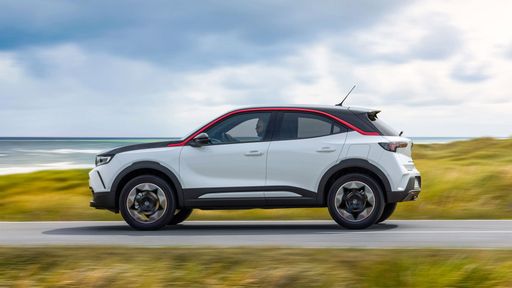 @ media.stellantis.com
@ media.stellantis.com
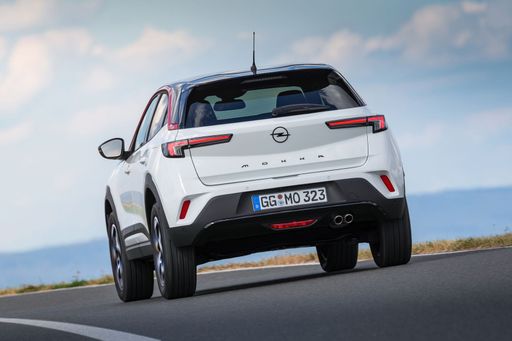 @ media.stellantis.com
@ media.stellantis.com
 @ media.stellantis.com
@ media.stellantis.com
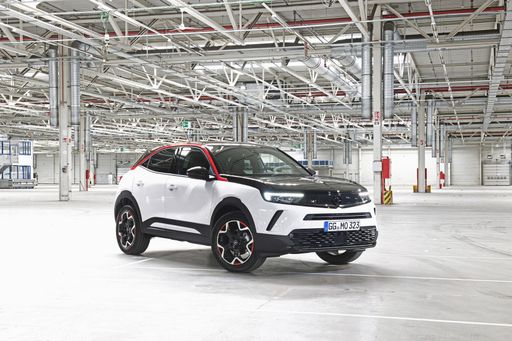 @ media.stellantis.com
@ media.stellantis.com
Dacia Bigster
The Bigster is poised to redefine the SUV segment with its bold design and spacious interior, catering to the needs of both families and adventure seekers alike. Emphasizing sustainability and practicality, this model reflects a modern approach to automotive engineering, making it a compelling choice for environmentally conscious drivers. With its striking presence on the road, the Bigster not only captures attention but also embodies a new era of versatile mobility.
details @ media.renault.at
@ media.renault.at
 @ media.renault.at
@ media.renault.at
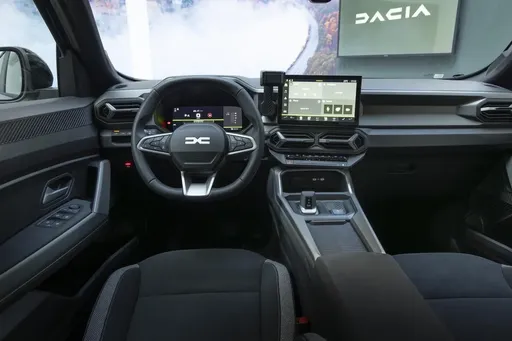 @ media.renault.at
@ media.renault.at
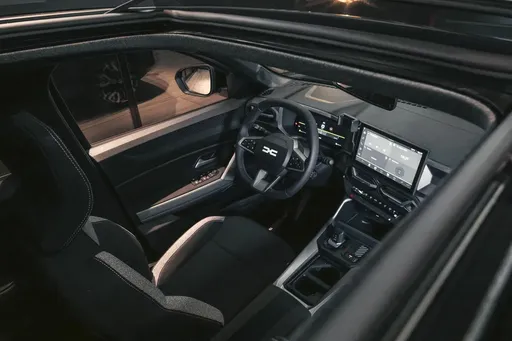 @ media.renault.at
@ media.renault.at
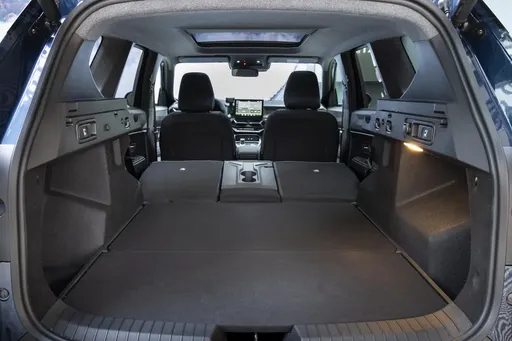 @ media.renault.at
@ media.renault.at

|

|
|
|
|
Costs and Consumption |
|
|---|---|
|
Price
22900 - 40500 £
|
Price
20600 - 26600 £
|
|
Consumption L/100km
4.9 - 6.1 L
|
Consumption L/100km
4.7 - 7.1 L
|
|
Consumption kWh/100km
15.4 - 18.5 kWh
|
Consumption kWh/100km
-
|
|
Electric Range
336 - 403 km
|
Electric Range
-
|
|
Battery Capacity
51 kWh
|
Battery Capacity
-
|
|
co2
0 - 138 g/km
|
co2
106 - 137 g/km
|
|
Fuel tank capacity
44 L
|
Fuel tank capacity
50 - 55 L
|
Dimensions and Body |
|
|---|---|
|
Body Type
SUV
|
Body Type
SUV
|
|
Seats
5
|
Seats
5
|
|
Doors
5
|
Doors
5
|
|
Curb weight
1294 - 1672 kg
|
Curb weight
1425 - 1547 kg
|
|
Trunk capacity
310 - 350 L
|
Trunk capacity
510 - 667 L
|
|
Length
4150 mm
|
Length
4570 mm
|
|
Width
1787 mm
|
Width
1813 mm
|
|
Height
1506 - 1535 mm
|
Height
1705 mm
|
|
Max trunk capacity
1060 - 1105 L
|
Max trunk capacity
1813 - 1937 L
|
|
Payload
388 - 400 kg
|
Payload
383 - 467 kg
|
Engine and Performance |
|
|---|---|
|
Engine Type
Petrol, Electric, Petrol MHEV
|
Engine Type
Petrol MHEV, Full Hybrid, LPG
|
|
Transmission
Automatic, Manuel
|
Transmission
Manuel, Automatic
|
|
Transmission Detail
Automatic Gearbox, Dual-Clutch Automatic, Manual Gearbox, Reduction Gearbox
|
Transmission Detail
Manual Gearbox, Automated Manual
|
|
Drive Type
Front-Wheel Drive
|
Drive Type
All-Wheel Drive, Front-Wheel Drive
|
|
Power HP
130 - 281 HP
|
Power HP
130 - 155 HP
|
|
Acceleration 0-100km/h
5.9 - 9 s
|
Acceleration 0-100km/h
9.7 - 11.2 s
|
|
Max Speed
150 - 209 km/h
|
Max Speed
180 km/h
|
|
Torque
230 - 345 Nm
|
Torque
230 Nm
|
|
Number of Cylinders
3
|
Number of Cylinders
3 - 4
|
|
Power kW
96 - 207 kW
|
Power kW
96 - 115 kW
|
|
Engine capacity
1199 cm3
|
Engine capacity
1199 - 1799 cm3
|
General |
|
|---|---|
|
Model Year
2024 - 2025
|
Model Year
2025
|
|
CO2 Efficiency Class
E, A, C, D
|
CO2 Efficiency Class
E, D, C
|
|
Brand
Vauxhall
|
Brand
Dacia
|
What drive types are available for the Vauxhall Mokka?
The Vauxhall Mokka is offered with Front-Wheel Drive.
The prices and data displayed are estimates based on German list prices and may vary by country. This information is not legally binding.
